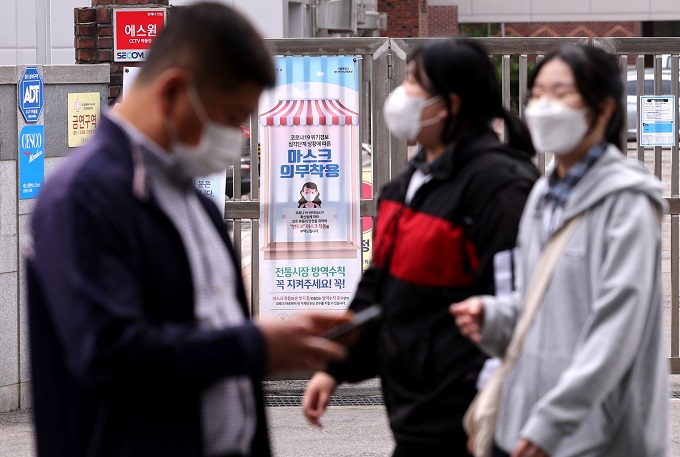Korea’s present population, standing at approximately 51.6 million, is poised for a significant decline to 36.2 million by 2072, courtesy of a stark reduction in birth rates, as per a recent statistics report. This biennial update from the state-run Statistics Korea outlines a notable shift in demographics, projecting the proportion of seniors aged 65 and above to skyrocket from 17.4% in 2022 to a staggering 47.7% by 2072. The forecasted trajectory foresees an annual population decline of 0.16% starting in 2025, escalating to a more pronounced 1.31% drop by 2072.
Adding to the sobering narrative is Korea’s fertility rate, reaching a record low of 0.78 in 2022, significantly below the replacement level of 2.1 necessary to maintain stability at the 50 million mark. The agency anticipates a diminishing number of newborns, dwindling from 250,000 in 2022 to a projected 160,000 by 2072, signaling a worrying trend in declining birth rates.
Korea’s record-low fertility rate of 0.78 in 2022—far below the replacement level of 2.1—implies a challenging demographic future compared to other nations.
Projected demographics also highlight a substantial transformation in the age distribution, with the number of seniors per 100 Koreans aged 15 to 64 expected to surge to 104 by 2072, a stark contrast to the 24 recorded just last year. Concurrently, the working-age group is anticipated to shrink by 3.32 million over the next decade, while the senior population is expected to rise by 4.85 million, as indicated by the report from Yonhap. This evolving landscape paints a complex picture of Korea’s demographic future, with implications for societal structures and economic dynamics.














